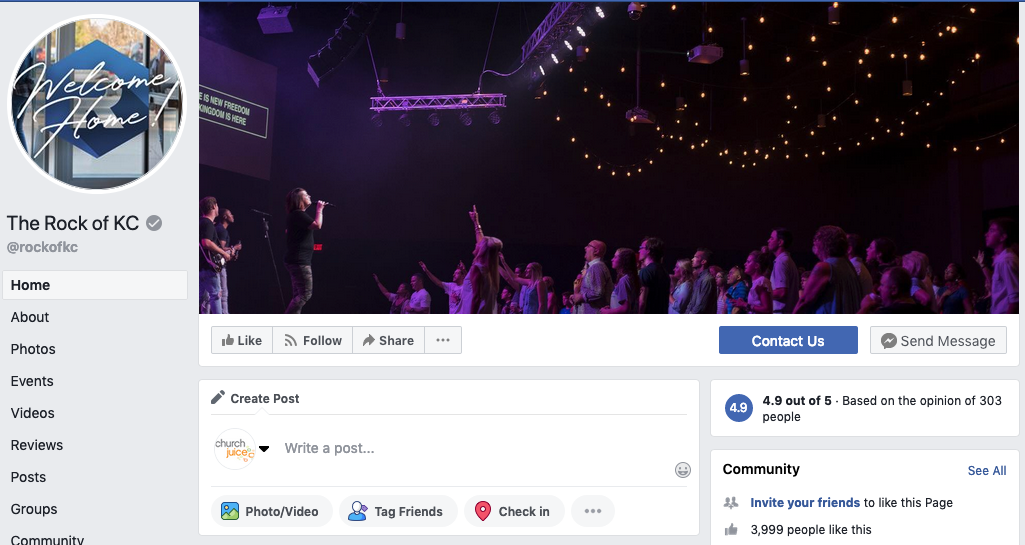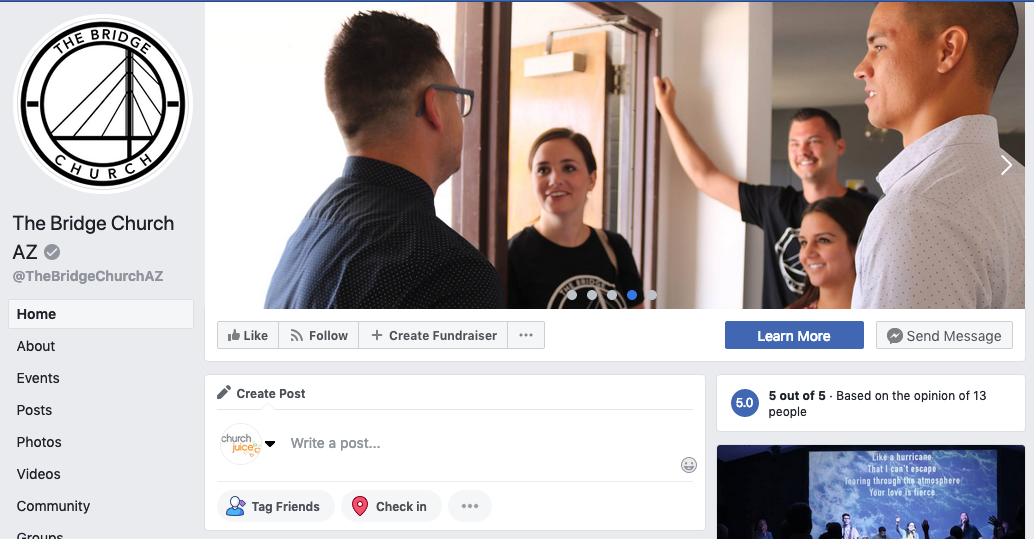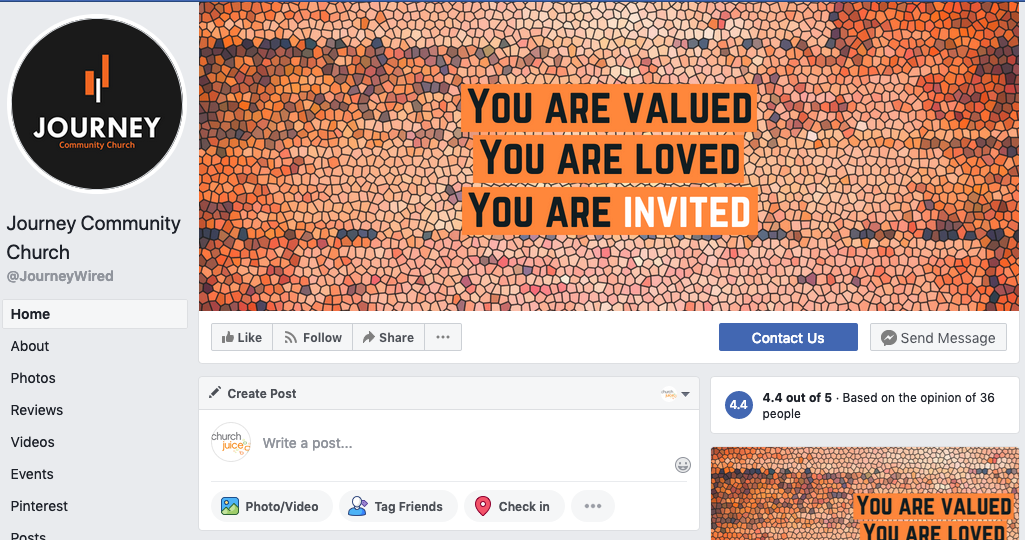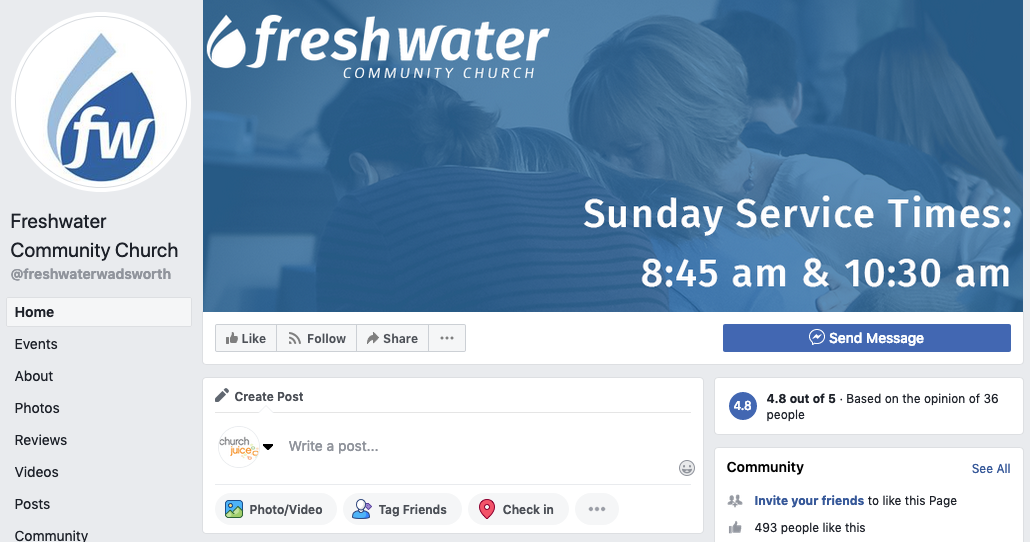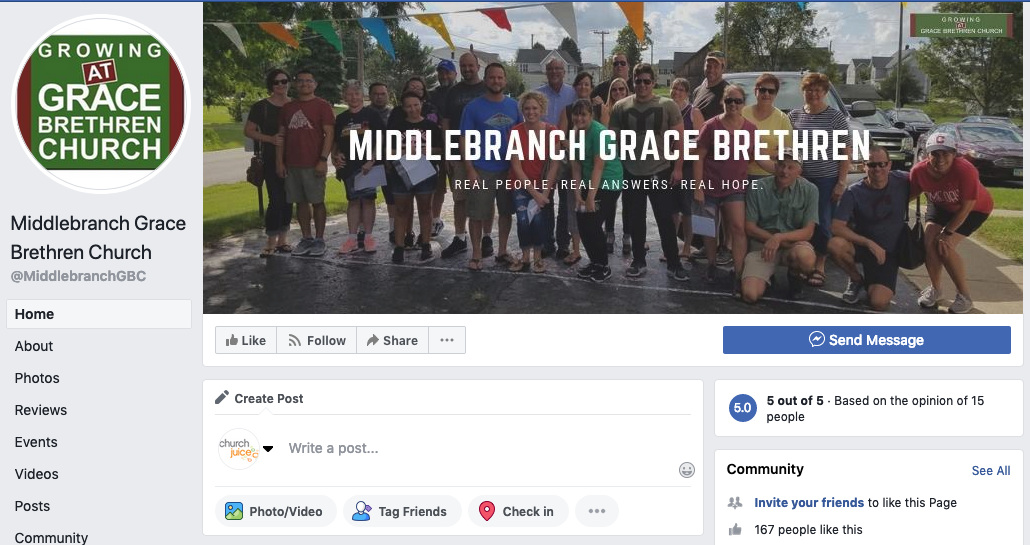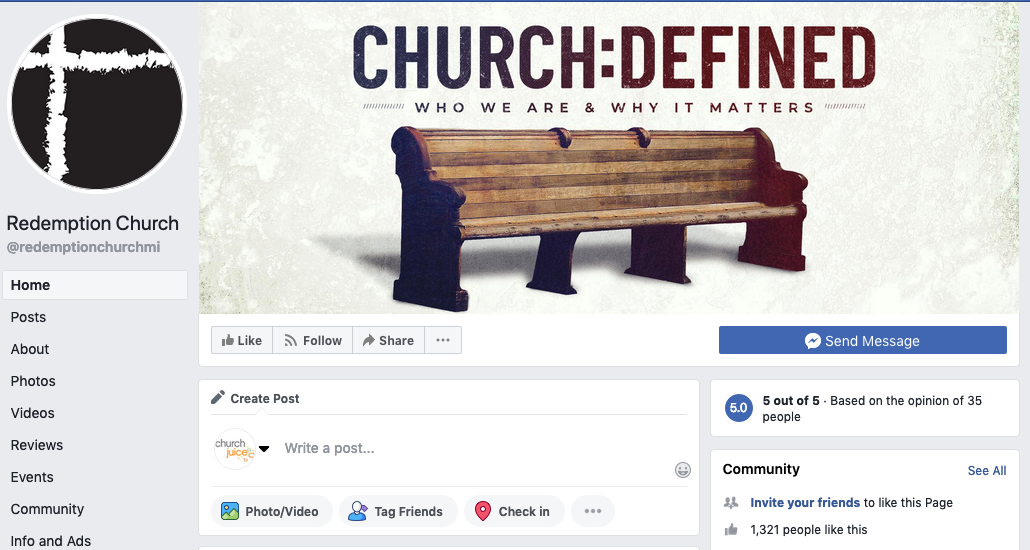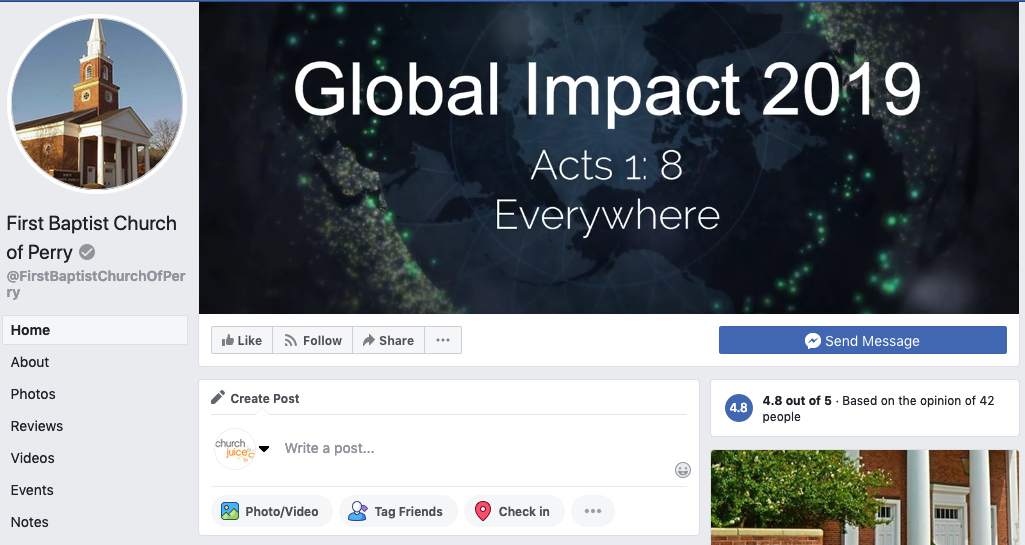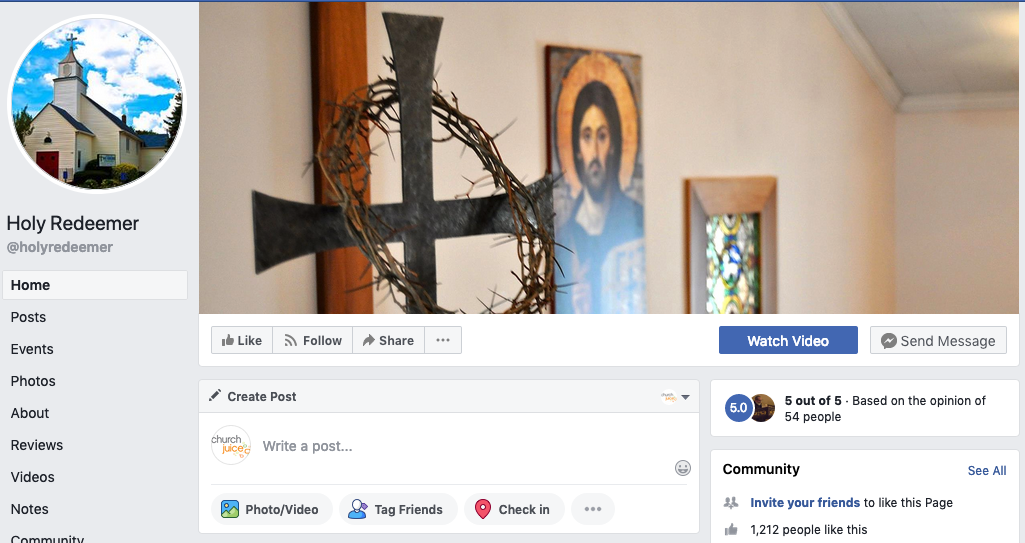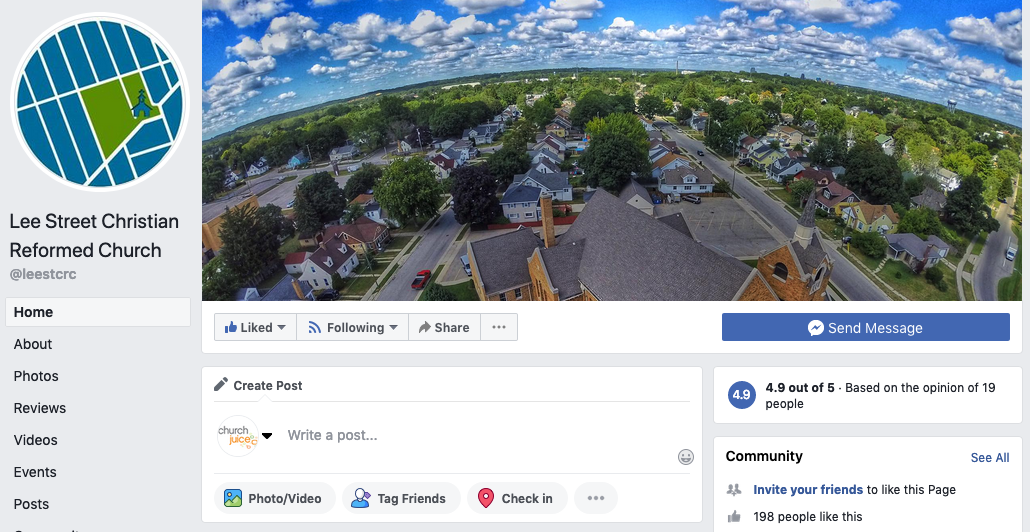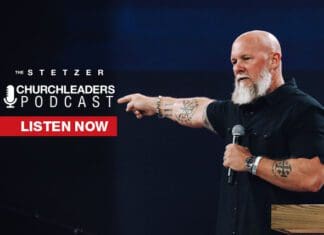One of the great mysteries of Scripture is that which concerns the 40 days between Jesus’ resurrection and ascension. What was Jesus doing on earth for 40 days after His resurrection? Why did He stay here? What was the purpose of the 40-day period? Does the Scripture answer any of these questions for us? Simply put, Scripture teaches us that Jesus remained with His disciples for 40 days after His resurrection in order to strengthen their faith in the truth about His Person and work, to give the instruction about the progression of church government, to equip them for the Apostolic ministry of preaching the Kingdom of God and to prepare them to fulfill the rest of the unfolding revelation of God in the New Testament Scriptures.
Between the Resurrection and the Ascension of Jesus
Reinhold Seeberg, in his Lehrbuch der Dogmengeschichte, coined the phrase, “The Gospel of the 40 Days.” In this work he drew attention to what he believed to be the meaning of the 40-day interval in the teaching ministry of Jesus to His apostles. William Childs Robinson, in his book Our Lord, digested several of Seeberg’s points when he suggested that the disciples were strengthened during that period in the following Christian truths:
“1. The conviction of the heavenly power and glory, or divine essence of Christ
2. The certitude of the necessity for salvation of the death and resurrection of Christ and the connection between the death and resurrection. This connection is elsewhere presented rather than defined.
3. The representation of the Spirit not only as the object of Divine gifts but also as Divine subject.
4. The triadic formula (which overtly and covertly peeps through manifold times in the apostolic literature) comes forward as a self-explanatory representation without anywhere being expounded.
5. The fact of baptism, which is connected with the name of Christ or of the Trinity and is everywhere valued as a means of salvation. Neither Jewish proselyte baptism, nor the baptism of John, nor the practice of Jesus explains this fact.
6. The common conviction that the Christian mission is to extend to the nations of the world.
7. That there was in the apostolic period a fixed teaching, which was valued as “the traditions,” “the word,” “the teaching,” “the Gospel, or “the command” of Christ and which, as well as the demonstration of the Deity of Christ, included in itself teachings on virtues, vices, ecclesiastical practices, eschatology, etc.”1
In addition to the work of Seeberg and Robinson, the Presbyterian members of the Westminster Assembly offered another suggestion about what Jesus was teaching His disciples during the 40 days after His resurrection. In the second chapter of their Jus Divinum Ministerii Evangelici the Presbyterian Assemblymen insisted that the Apostles must have received from Christ, during His 40-day post-resurrection appearances to them, some instruction concerning the precise form of church government which He wished His church to observe throughout future generations. They wrote:
“In the very front of the Acts it is said, that Christ after His resurrection (and before His ascension) gave commandments to the Apostles and spake of the things pertaining to the Kingdom of God Acts 1:2,3, & etc. viz. of the politie of the church some say. Of the Kingdom of grace say others. Judicious Calvin interprets it partly of church government, saying, ‘Luke admonisheth us that Christ did not so depart out of the world, as to cast off all care of us. For by this doctrine he shows that he hath constituteth a perpetual government in His church. Therefore Luke signifies, that Christ departed not, before He had provided for their Church government.’”2
In his The Last Days According to Jesus, T.V. Moore–a 19th Century Presbyterian theologian–explained that the global mission of Christ to the nations was also at the heart of the teaching of Jesus during the forty days. He explained:
“There is hardly a leading doctrine in the Christian system that was not in some sense brought forward during these memorable interviews. There is hardly a phase of Christian experience that is not brought into review in the words spoken by our Lord during this remarkable period. It was, therefore, to the apostles a period of training, that fitted them eminently for the great work to which they were called in preaching the gospel to all nations. Like the 40 days that preceded the public ministry of the Lord, it was designed and adapted in an eminent degree to furnish preparation for the new manifestation of the kingdom then to be made.”3





